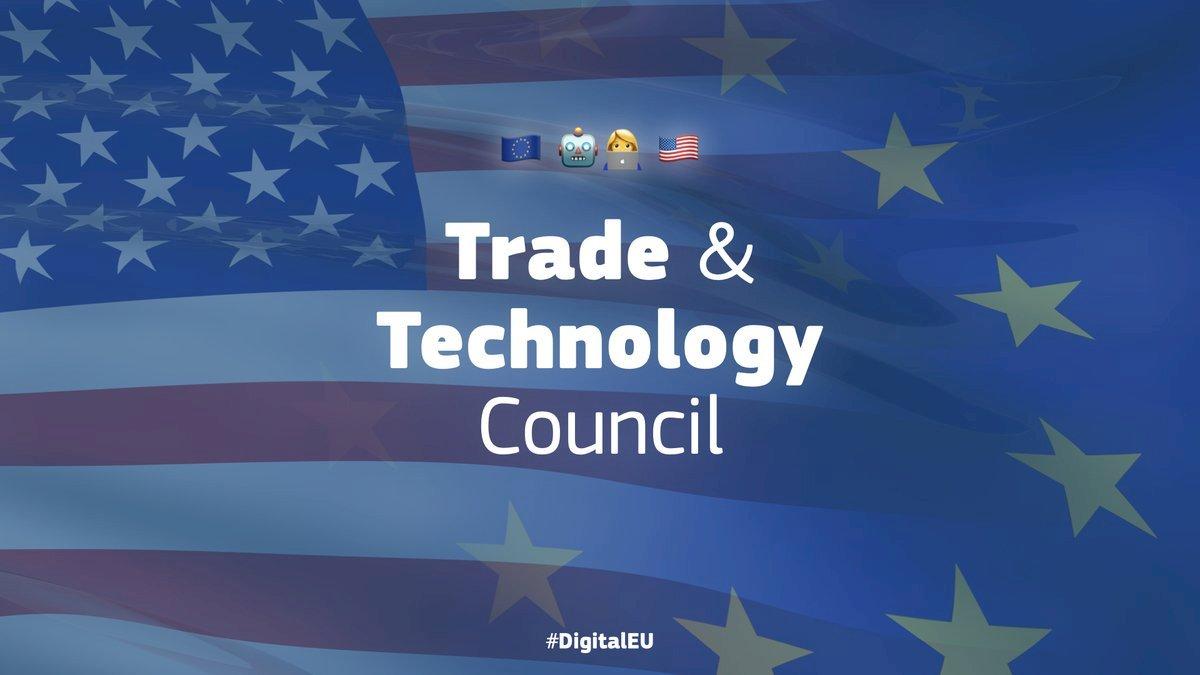The US and EU issued a joint statement after a top-level meeting of the Trade and Technology Council, which was set up last year.
The two sides committed to exchange information and explore opportunities for collaboration in R&D, notably for Artificial Intelligence, telecomms beyond 5G and 6G, and quantum computing. Common approaches towards 6G international standards are particularly relevant, they said.
They “intend to co-operate” in areas such as lifecycle greenhouse gas (GHG) assessment methods, green public procurement, and electric vehicle charging infrastructure and interoperable connection.
They resolved “to collaborate to reduce dependencies on unreliable sources of strategic supply, promote reliable sources in our supply chain cooperation, and engage with trusted partners”.
On standards, a U.S.-EU Strategic Standardisation Information (“SSI”) mechanism has been set up to enable information-sharing on international standards development, relevant to the technology and economic interests of the US and EU. [China is a major force in the development of international standards, with a clear and well-resourced strategy.]
Other issues for co-operation include:
- semi-conductors – from design, assembly and testing, workforce development to subsidies, that they agreed should be within WTO rules, and an early warning and monitoring system for the value chain;
- strengthening solar supply chains. An EU Solar Strategy is expected shortly and the US is already active;
- security, diversity, interoperability, and resilience across the digital and information and communications technology and services (“ICTS”) supply chain;
- public procurement, for example in areas such as digital infrastructure, health, or high-tech industrial products.
Comment welcome.

